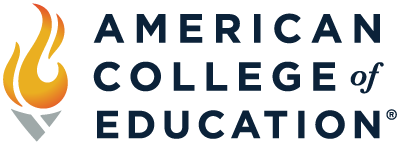
Education professionals are continuously starting new initiatives and it’s no surprise, because there’s no shortage of great ideas when it comes to teaching, learning and instructional strategies. However, when we consider the limited amount of time educators have with students, it’s paramount to use the most effective practices to maximize that time.
Another part of the challenge is determining what will work best in your classroom. What is most effective in one district might not be the optimum choice in another. Therefore, it’s helpful to discover and develop a framework to build successful initiatives that suit your classroom and district. Whether it be for student and staff well-being, professional development, communication, student behavior or any other area central to education, a framework can help provide focus and a clear process to ensure everyone is rowing in the same direction.
Step 1: Form a committee. Ensure you have a well-rounded committee composed of impacted stakeholders and people who can contribute meaningfully. How will you get people to participate with their already full schedules? Keep meetings brief, focused and productive. Only hold a meeting when it’s necessary. Use email communication to keep committee members informed and quick surveys to get input. Plus, when engaged members are participating in something they’re passionate about, they’ll be excited to contribute.
Step 2: Conduct a needs assessment. Survey the larger stakeholder group to ensure you have a well-rounded perspective. You might discover elements or concerns you didn’t consider.
Step 3: Examine evidence-based practices. Use the needs assessment to determine specific areas to explore for current research. Conduct research to extract key ideas and practices that have proven to be effective. As opposed to adopting any evidence-based practice, it’s important to remember that blindly following those practices won’t always guarantee success. Using evidence to inform strategies and practices in your setting may require some time and adjustments. Measurement of progress can help determine how and when to make adjustments to best meet the needs of the individuals in your district.
Step 4: Select essential core components. The core components of any program or initiative may vary, but it’s important to determine what makes the most sense for your district and can have the greatest impact for your students. Develop a plan and action steps around those key elements.
Step 5: Develop a plan or action steps. The final step is the second beginning of the whole process, as this can launch your entire plan. Using the core components, develop a plan or action steps. The plan might consist of a full process with end goals fully established. Or, the plan might be for sub-committees to work on creating that plan. Initially, the plan might consist of a rubric or an outline identifying key aspects to work on. It might include a SMART goal or two just to ensure you have a measurable point you can work toward to help identify progress.
Make this plan a living document that continues to be adjusted as the needs of the district develop and evolve, and set up trainings to help your colleagues understand it. This will help ensure the plan is actually used as opposed to just being an idealistic formal document published on a website. Modify the plan regularly so it’s an accurate representation of the progress and reflects the impactful work that’s being done to meet the needs of the staff, students, families and community. Before you know it, launching new initiatives in your district will be a regular occurrence and you’ll be able to rest knowing you did your part to make your district the best it can be.
Learn from educators from around the world and from experienced faculty who are also actively in the field when you enroll in a program at American College of Education. Explore our fully online and affordable education programs.

